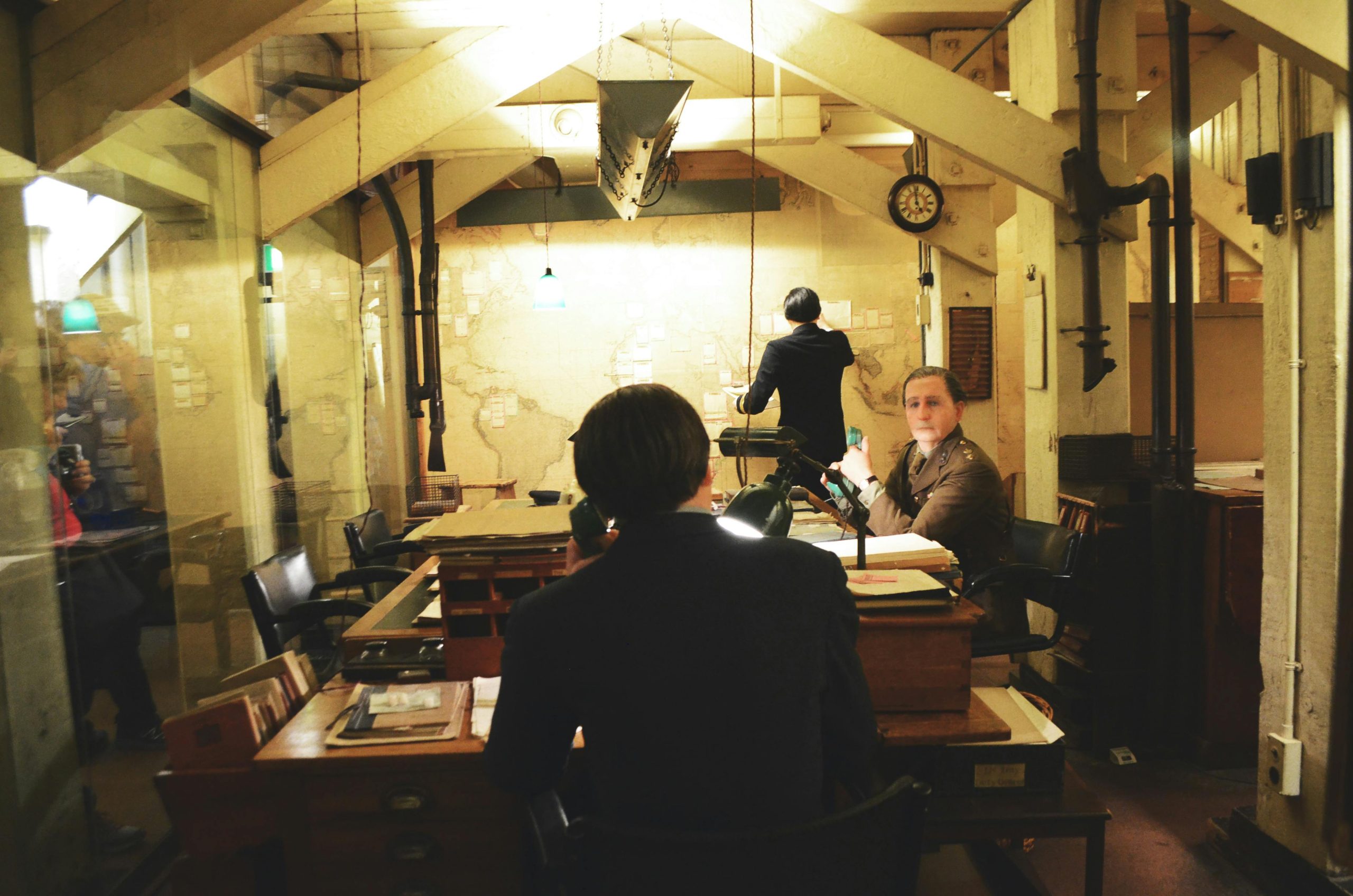Discovering London’s History Through Illustrated Maps by Marcus Dobbs
Hello, dear readers!
I am excited to share more about my journey with a unique series of illustrated maps dedicated to the rich tapestry of London’s history. This project has been a labor of love that I embarked on in early 2020, and I am thrilled to announce the recent completion of my tenth map, which features the enchanting Barbican and the City.
Creating each map is an extensive process that takes about 2 to 3 months. I craft these large-scale illustrations entirely on my iPad, working in A0 format. Once completed, they are available in various sizes for those who wish to display a piece of London’s history in their homes.
Currently, I am diving into the next installment of the series, which will focus on the iconic St Paul’s Cathedral. My initial inspiration for these maps stemmed from a desire to gain a deeper understanding of London’s fascinating past. Each illustration is the result of meticulous research, tracing lost churches, historic streets, livery halls, and urban layouts. Many of the maps draw from street plans dating back to the 1600s and 1700s, creatively interwoven with modern landmarks to provide a sense of scale and context.
I would love to hear your thoughts on this project! If you have suggestions or specific elements you’d like to see in future maps, please feel free to reach out or leave a comment. Your insights are always welcome and appreciated!
Thank you for taking the time to explore this journey with me!


As a London resident, I truly appreciate the depth and detail of Marcus Dobbs’ illustrated maps. They not only beautifully capture the city’s layered history but also serve as a nostalgic reminder of how London’s landscape has evolved over centuries.
Having explored many parts of London myself, I find these maps to be an invaluable tool for both residents and visitors alike. They offer a visual journey through time, highlighting lost streets and historic landmarks that often go unnoticed amidst the city’s modern bustle.
It’s inspiring to see efforts like these that celebrate and preserve London’s heritage in a creative and engaging way. Your upcoming focus on St Paul’s Cathedral sounds fascinating—look forward to seeing how it enhances our understanding of this iconic part of the city.
Thank you for sharing this project; I’ll definitely be following your work and considering adding one of these maps to my collection!